React JS for Web Development: React with Node JS, MongoDB
Loại khoá học: Web Development
React JS for Full Stack web development, Full stack web developer with react, redux, hooks, context, Node js and MongoDB
Mô tả
Hello there,
Welcome to the "React JS for Web Development: React with Node JS, MongoDB" course
React JS for Full Stack web development, Full stack web developer with react, redux, hooks, context, Node js and MongoDB
Learn web development with the complete react JS course including redux, hooks, context, nodejs, Express js, and MongoDB
In this course, you will learn to develop a web application with React JS, Redux, Hooks & Context, Node JS, and Mongo DB from scratch
React is an essential Javascript framework for web development It is the most popular framework for developing web, mobile, and desktop app user interfaces
Whether you’re interested in adding React to your existing dev skillset, or you want to develop full-stack web apps by using tools like NodeJS, Redux, and MongoDB in conjunction with React, Udemy has a comprehensive selection of courses to choose from
If you are thinking to start to learn ReactJS, this course is the best match for you
We have explained React from beginner to all levels We have explained all the topics as simple as possible with examples, slides, and diagrams
MongoDB is a document-oriented data store that is easy to get started with but also scales well as your application grows It’s schemaless nature allows greater flexibility or changing application requirements It’s one of the best databases in terms of developer productivity
MongoDB is an document-oriented database designed to allow developers to scale their applications to meet scalability demands MongoDB features a flexible document model that allows for accelerated development productivity so that you can release better applications, faster
Whether you’re interested in adding React to your existing dev skillset, or you want to develop full-stack web apps by using tools like NodeJS, Redux, and MongoDB in conjunction with React, Udemy has a comprehensive selection of courses to choose from
We have created a lot of projects while explaining the subjects Because we believe that applied educations are much more useful than other teaching methods
We explained all the subjects with simple examples and applications, and explanatory diagrams in a way that the student can understand at all levels
We paid attention to explain all the topics in order Because we think that the order of presentation of the subject is as important as the content of education We have seen this shortcoming in many pieces of training we have examined and tried to explain these issues to you in the best way
No Previous Knowledge is needed!
You don’t need to have previous knowledge about React This course will take you from a beginner to a more advanced level with hands-on examples
You will be confident in using React JS, and if you ever get stuck, we will be there to help
Learn by doing!
So we have made this course as simple as possible in order to take you through step by step so you can feel confident and get a truly good understanding of how to utilize ReactJS In this course, we will be teaching React by creating various projects
In this Full React Js course, you will learn;
How to create Single Page Web Application with React JS
The most important React topics like components, props, state and component life cycle methods
How to send requests to an API and fetch data
How to create a multi-page web app with react-router-dom
How to manage the data of our application with the redux library
We will learn how to perform asynchronous operations with Redux thunk
How to create a context with a class-based component
How to consume context with ‘context consumer’
How to consume context with ‘static contextType’
How to manipulate context data in class-based components
The most important hook functions like useState, useEffect, useReducer, and useContext
How powerful when we use context and hooks together
How to easily build the largest and most advanced react applications
The logic behind MongoDB’s data storage
The most popular Object Data Modeling Library for MongoDB, Mongoose JS
Writing queries for creating, reading, updating, and deleting operations
Advanced Features of MongooseJS
web development
full stack web development
front end web development
web developer
backend web development
website development
React, or React js
React Native
Reactjs
nodejs
nodejs Express
advanced nodejs
nodejs api
react nodejs
rest api nodejs
mongodb
nodejs
mongodb python
mongodb administration
mongodb certification
mongodb java
nodejs mongodb Express
python mongodb
React js
react js complete guide
react js and node js
At the end of the course
By the end of the course, you will be able to build amazing React single page web applications
Why would you want to take this course?
Our answer is simple: The quality of teaching
OAK Academy based in London is an online education company OAK Academy gives education in the field of IT, Software, Design, development in English, Portuguese, Spanish, Turkish and a lot of different language on Udemy platform where it has over 1000 hours of video education lessons OAK Academy both increase its education series number by publishing new courses, and it makes students aware of all the innovations of already published courses by upgrading
When you enroll, you will feel the OAK Academy`s seasoned developers expertise Questions sent by students to our instructors are answered by our instructors within 48 hours at the latest
Fresh Content
It’s no secret how technology is advancing at a rapid rate New tools are released every day, and it’s crucial to stay on top of the latest knowledge for being a better React developer You will always have up-to-date content for this course at no extra charge
What is React?
React is a front-end library in Javascript that was developed by Facebook The simplest definition of React is that it is a user interface library used for building UI components for the web But if that was all React did, it would be little more than a template library Developers define components in React by using an HTML-like syntax called JSX These encapsulated components manage their own state, making it simple to pass rich data to a component and keep the state of the application and its components out of the Document Object Model (DOM) These features give React components the ability to react dynamically and efficiently to changes in their state A set of simple components in React can be composed into either simple single-page applications or large, complex web applications
What is React used for?
React is an open-source JavaScript frontend library Some developers consider it a frontend framework because it does more than standard libraries usually do The most common use of React is to build dynamic user interfaces for single-page web applications But the structure of React makes it useful for more than just creating websites JSX, which is one feature of React, is a syntax extension for Javascript that provides a template for the HTML and manages the state of the element But JSX can be used as an interface for things other than HTML React Native uses React to build mobile applications Here, JSX becomes an interface for mobile UIs instead of HTML There are even a few libraries that use React and JSX to interact with and manage hardware like React Hardware
How does React work?
React encourages engineers to write code using a Functional Programming approach Engineers create components, which are normal Javascript functions These functions return information to tell React what content should be displayed on the screen The real power of React comes from the ability to nest or compose these functions inside of one another This nesting ability encourages code reuse and allows an engineer to write a component a single time, but in many different places
Is React a framework or library?
Frameworks provide an opinionated approach to building an entire application Libraries, on the other hand, assist in building a single aspect of an application With this in mind, React is a library It assists engineers in presenting HTML in the browser React has no opinions on how data is fetched, how styling is applied, or how the app is deployed or built
What is React Native?
Created by Facebook, React Native is an open-source-based mobile application framework that uses only JavaScript, making it capable of supporting both Android and iOS platforms React, also known as React js, saves time and effort for developers since they only need one programming language The Native element allows developers to create JavaScript components to design software programs that run on various devices and platforms, such as smartphones, smart TVs, and laptops With React Native, developers use the same concepts used in the original React framework to design a rich mobile user interface (UI) for various environments from existing components
Is React worth learning?
Yes, React is worth learning There are a couple of reasons The first one is that React is in high demand in the software development job market and has been for a few years If you learn to code in React and can do it well, you will increase your chances of finding a job This alone is another reason it is worth learning Website users no longer will settle for old-fashioned sites that won't update without a page reload React’s method of dynamically updating the HTML of a web page fits these users' needs and improves their experience React has also been around a few years and has stood the test of time A large portion of websites, both small and large, use React as a frontend framework
Is React hard to learn?
Every technology or programming language has a learning curve, and React is no different But it is easy to learn if you are dedicated and determined to create frontend web applications To make learning React simpler, you should stick to the basics of React before you add any extra libraries, as that will only complicate your learning experience in the beginning Since React is a Javascript framework, a solid grounding in Javascript will give you a head start With this knowledge, the unique concept of JSX, React's templating language, and the way React uses state will be much easier to grasp
What is the difference between React Native and ReactJS, and which one should I learn?
React, or React JS, is a front-end Javascript library for building UI components for the web If you are interested in web development, React is the perfect library to learn to create interactive, dynamic single-page apps, or even full-scale web applications React Native is a framework for building native mobile applications for both the Android phone and Apple's iPhone React Native is still React, which means the syntax and workflow for building applications are basically the same, but the generated components are different In React, web components are generated In React Native, the generated components interact with a phone's native APIs If your focus is web development, then you should learn React If you want to build mobile applications, it is best to learn React first and become familiar with the technology before you try React Native
Why is React so popular?
There are many reasons why React is popular One reason is that Facebook developed it The social proof is that if it is good enough for Facebook, one of the most popular social networks on the web, it should be good enough for other applications React also solved many of the past issues that developers had with developing single-page applications (SPAs) React came out when SPAs were becoming popular, and all the existing frameworks to build them made development complicated and prone to bugs One feature that makes it better than past libraries is that React is relatively easy to use Its components are reusable, plus React's use of the virtual DOM makes it very performant React should remain popular in the future as each new release brings new features and performance improvements
What is Node Js and what is it used for?
Node Js is a server environment built for fast and easily scalable network applications It was built on Chrome’s JavaScript runtime and uses an event-driven, non-blocking model that makes it the best fit for applications that run on distributed devices and need to run in real-time By using JavaScript, node Js can be put to work by many software developers familiar with JavaScript Because the code is open-source, you can also use it on any platform (Mac OS, Windows, or Linux) Node js is the architecture for creating websites and real-time applications because it’s easy for teams to learn, and it’s fast Examples of applications that use node Js include video conferencing apps, chat servers, eCommerce software, and collaborative online gaming
What are the advantages of Node Js?
Node Js is open-source, meaning it’s a free code for all developers On top of that, it also means that there is a thriving community of Node Js users and programmers that all add to the knowledge base Many are happy to share their flavor of the code with other developers, and collectively, the Node Js environment continues to be enhanced Because Node Js uses JavaScript, there is a large pool of developers that understand and can code in the environment It’s also a relatively simple environment for new team members to learn, making it an efficient choice for development teams with people that need training Node Js was developed on Push technology instead of web sockets, which is why it’s the preferred choice for real-time communication applications and programs that need to be highly scalable
What does it mean that Node Js is a runtime system?
A runtime system is a platform where a software program runs It’s essentially an environment housing the collection of software and hardware that allows an application to execute (or run) Node Js is a runtime system because it provides the environment necessary for applications to run within it, and no additional code or hardware is required Because Node Js makes use of JavaScript, it’s a runtime system that provides a framework where you can use JavaScript to create and run programs The JavaScript programming language (which is quite popular) is then automatically translated into machine code for the hardware to run the program in real-time It’s an efficient system, making it the preferred choice for many software and tech companies
What is microservices architecture and how can Node Js be used for it?
Microservices architecture is a software development style or method where single-function modules originate Each has a very well-defined operation and interface and can deploy on its own In essence, it’s a way of developing modules that you can repurpose from one program or application to another When you create an application, it’s a collection of modules that have been thoroughly tested and are well-maintained The modules are typically built around different business-specific capabilities and are then loosely coupled to other modules when deployed as part of a program You can use Node Js in microservices architecture as the language of choice for one, some, or all of the microservices (or modules) The beauty of microservices is that you can use the best language for the specific microservice But where highly scalable, fast programs are needed, Node Js would be a top contender
Video and Audio Production Quality
All our content is created/produced as high-quality video/audio to provide you the best learning experience
You will be,
Seeing clearly
Hearing clearly
Moving through the course without distractions
You'll also get:
Lifetime Access to The Course
Fast & Friendly Support in the Q&A section
Udemy Certificate of Completion Ready for Download
Dive in now!
React JS for Web Development: React with Node JS, MongoDB
We offer full support, answering any questions
See you in the class!
Bạn sẽ học được gì
Yêu cầu
Nội dung khoá học
Viết Bình Luận
Khoá học liên quan

Đăng ký get khoá học Udemy - Unica - Gitiho giá chỉ 50k!
Get khoá học giá rẻ ngay trước khi bị fix.

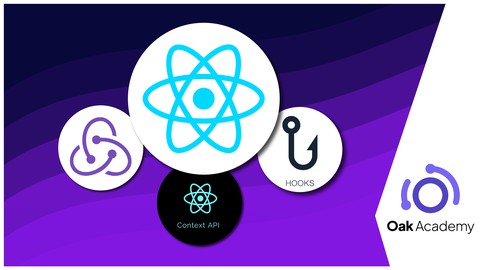




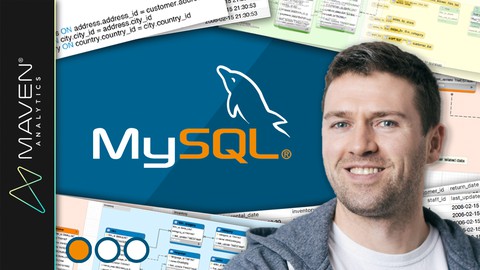
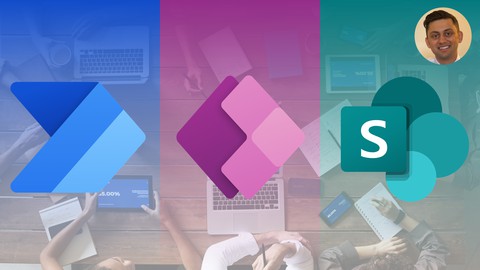
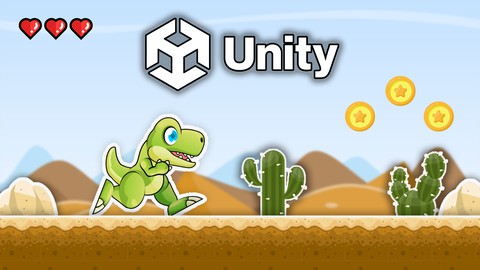

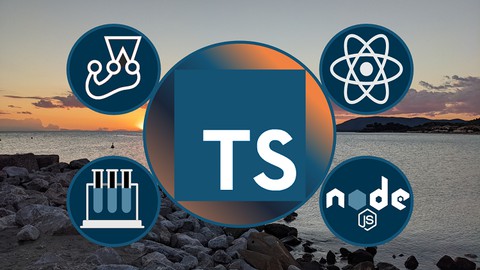




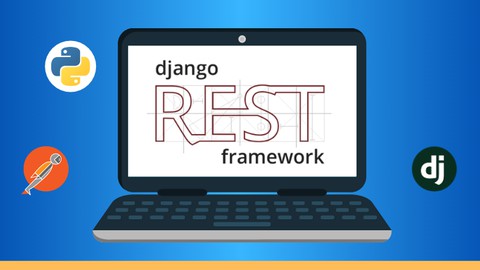
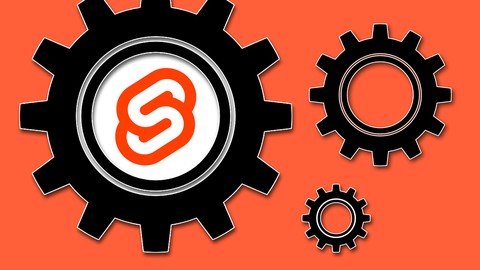

Đánh giá của học viên
Bình luận khách hàng